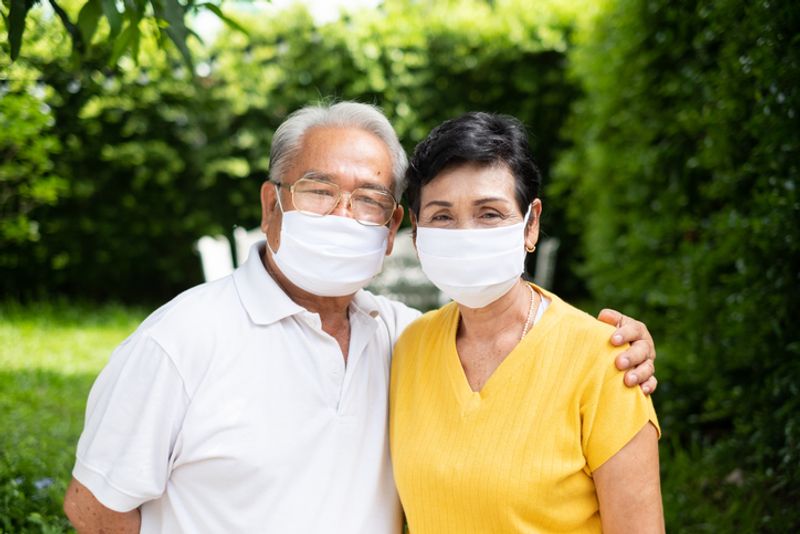
The Impact of the COVID-19 Pandemic on the Sexual Activity of Married Couples in Singapore

Several studies have reported overall decreases in sexual activity during the COVID-19 pandemic, citing increased stress, fatigue, household and childcare responsibilities, and mandated lockdowns that might prevent people from meeting new partners as possible factors related to these declines.
On the other hand, not everyone has been impacted by the pandemic in the same way, and some groups have experienced an increase in sexual activity. In general, married couples and couples who are living together are among those who have reported an increase in sexual activity, likely due to the rise of telecommuting and the decline in outings creating more time at home that can be used, at least in part, for sexual activity.
One important caveat to these findings is that many of the studies focused on assessing the patterns and frequency of sexual activity before, during, and after COVID-19 lockdowns rely largely on the participants’ remembered accounts of their sexual activity prior to lockdown, which may not always be precise or reliable.
However, a recently published study on the topic collected data from 409 married heterosexual women from Singapore between the ages of 25-34 prior to the pandemic in 2018, during lockdown in May 2020, and after lockdown in June 2020. The longitudinal nature of this study adds a measure of precision and accuracy to the results, since the participants were not asked to recall their sexual habits and frequency of sexual activity from before the pandemic.
The participants were recruited in person for the 2018 study in various central public locations throughout Singapore. Those who agreed to participate in the survey and met the inclusion criteria (married women between the ages of 25-34 years old who were citizens or married to a citizen) were included in the study. For the baseline study, the respondents were asked to share information on their household demographics, level of satisfaction with their marriage, and ideal frequency of sexual activity. Then, they submitted 7 online diary entries over the next 14 weeks that detailed their levels of stress and fatigue, as well as the exact dates of sexual activity with their spouse during the previous 2 weeks.
During the national lockdown in May 2020, the same population was contacted online to participate in a follow-up survey that included the same questions about stress, fatigue, level of marital satisfaction, and exact dates of sexual activity over the past week. The participants were contacted for a final time to answer the same set of questions when the lockdown was lifted in June 2020.
The proportion of women who reported not having sex with their spouse in the previous week remained the same before and during the pandemic. However, for those who reported having sex with their partner once a week before the pandemic, there was a shift toward having sex two or more times a week during and after lockdown.
Perhaps the most interesting finding was related to the timing of the sexual activity. In 2018, the author observed a trend in sexual activity among the couples by day of the week, with the lowest probability of sexual activity on Mondays, then rising throughout the week until peaking on Saturdays. This pattern changed during the COVID-19 lockdown and its aftermath, and Mondays, Tuesdays, and Wednesdays saw significant increases in sexual activity, while Fridays had a decrease in sexual activity.
This study reinforces the concept that sexual activity patterns and frequency can be impacted by external forces, in this case, the COVID-19 pandemic.
Resources:
- Tan, P.L. (2021). Changes in Frequency and Patterns of Marital Sexual Activity During COVID-19: Evidence from Longitudinal Data Prior to, During and After Lockdown in Singapore. The Journal of Sexual Medicine, 19(2), 188-200. DOI: https://doi.org/10.1016/j.jsxm.2021.12.004




